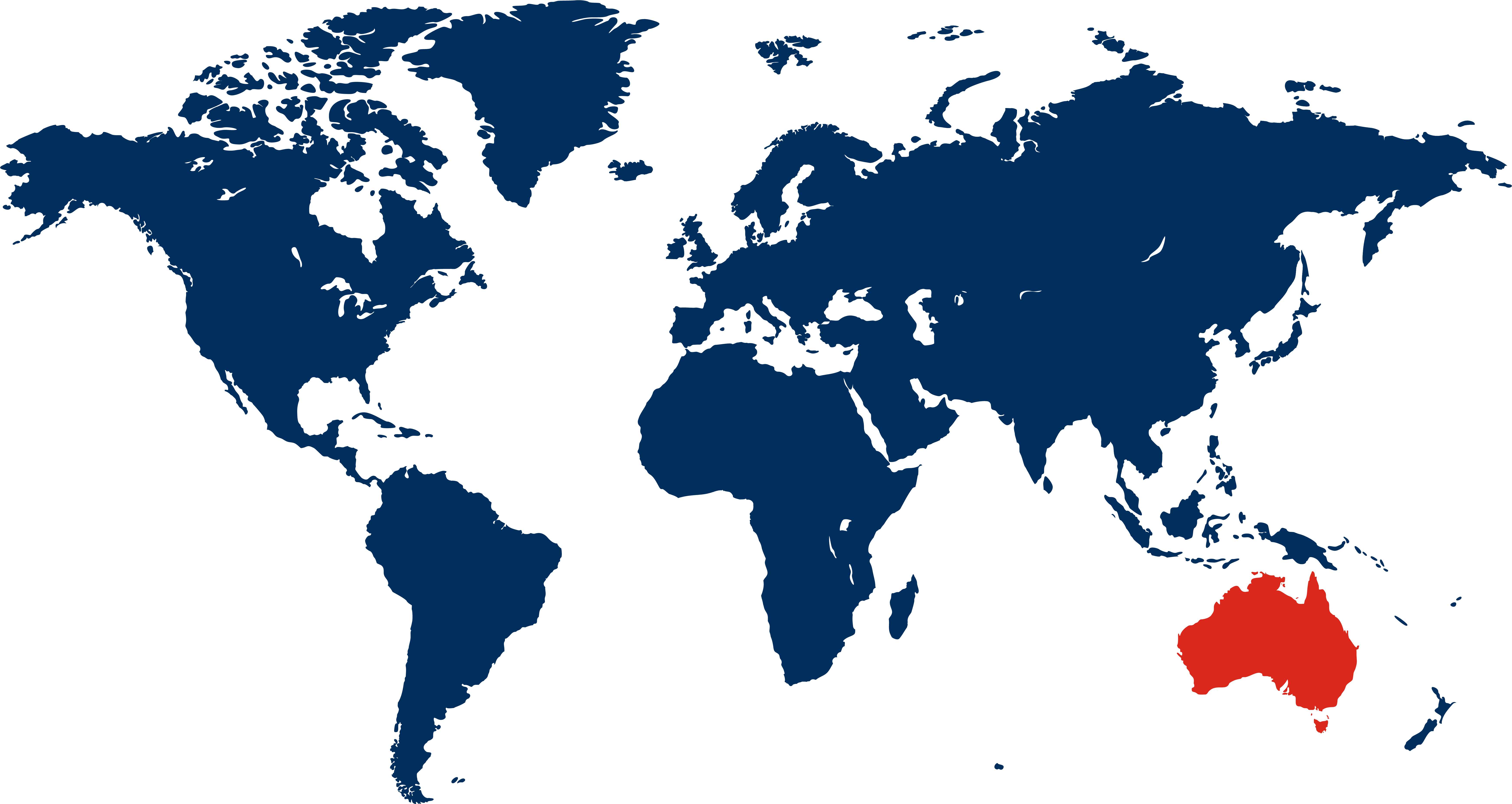Australia Travelogue
Articles
Travelogues
View more from News & Articles or Primerus Weekly

By Tom Kirvan
Australia, a vast island continent and the sixth-largest country in the world, is a land of stunning contrasts and remarkable diversity. With a population of about 26 million people, it is one of the least densely populated countries, offering expansive natural landscapes and vibrant urban centers. Australia's rich culture, shaped by its Indigenous heritage and multicultural influences, makes it a fascinating destination for travelers, especially those with a love for kangaroos and koalas.
Australia's geography is incredibly varied, encompassing tropical rainforests, arid deserts, mountain ranges, and extensive coastlines. The country is known for its unique flora and fauna, with many species found nowhere else on Earth. The Great Dividing Range, which runs along the eastern coast, is Australia's most substantial mountain range, providing a dramatic backdrop to the lush hinterlands and bustling cities of the east coast.
The capital city, Canberra, is a planned metropolis located in the Australian Capital Territory. Established in 1913, Canberra was designed by American architect Walter Burley Griffin and his wife, Marion Mahony Griffin. The city is known for its modernist architecture, expansive parklands, and cultural institutions, such as the Australian War Memorial and the National Gallery of Australia.
Australia's highest point is Mount Kosciuszko, standing at 7,310 feet above sea level. Located in the Snowy Mountains of New South Wales, this peak offers scenic hiking trails and breathtaking views of the surrounding alpine landscape. The region is also a popular destination for skiing and snowboarding during the winter months, which, of course, are opposite to those in the Northern Hemisphere.
Top 5 Must-See Tourist Destinations


Capital: Canberra
Population: 26 million
Language: English
Religion: Christianity
Must-see Attraction: Great Barrier Reef
Wildlife Symbol: Red Kangaroo
Primerus Member: Carroll & O'Dea Lawyers
Carroll & O'Dea Lawyers is a full-service law firm based in Sydney.
European exploration of the continent began in the 17th century, with the Dutch and later the British mapping parts of the coastline. In 1788, the First Fleet of British ships arrived, establishing a penal colony in New South Wales. This marked the beginning of British colonization, which had profound impacts on Indigenous populations.
Australia became a federated nation on January 1, 1901, when six colonies united to form the Commonwealth of Australia. The country has since evolved into a multicultural society with a strong economy and a commitment to environmental conservation.